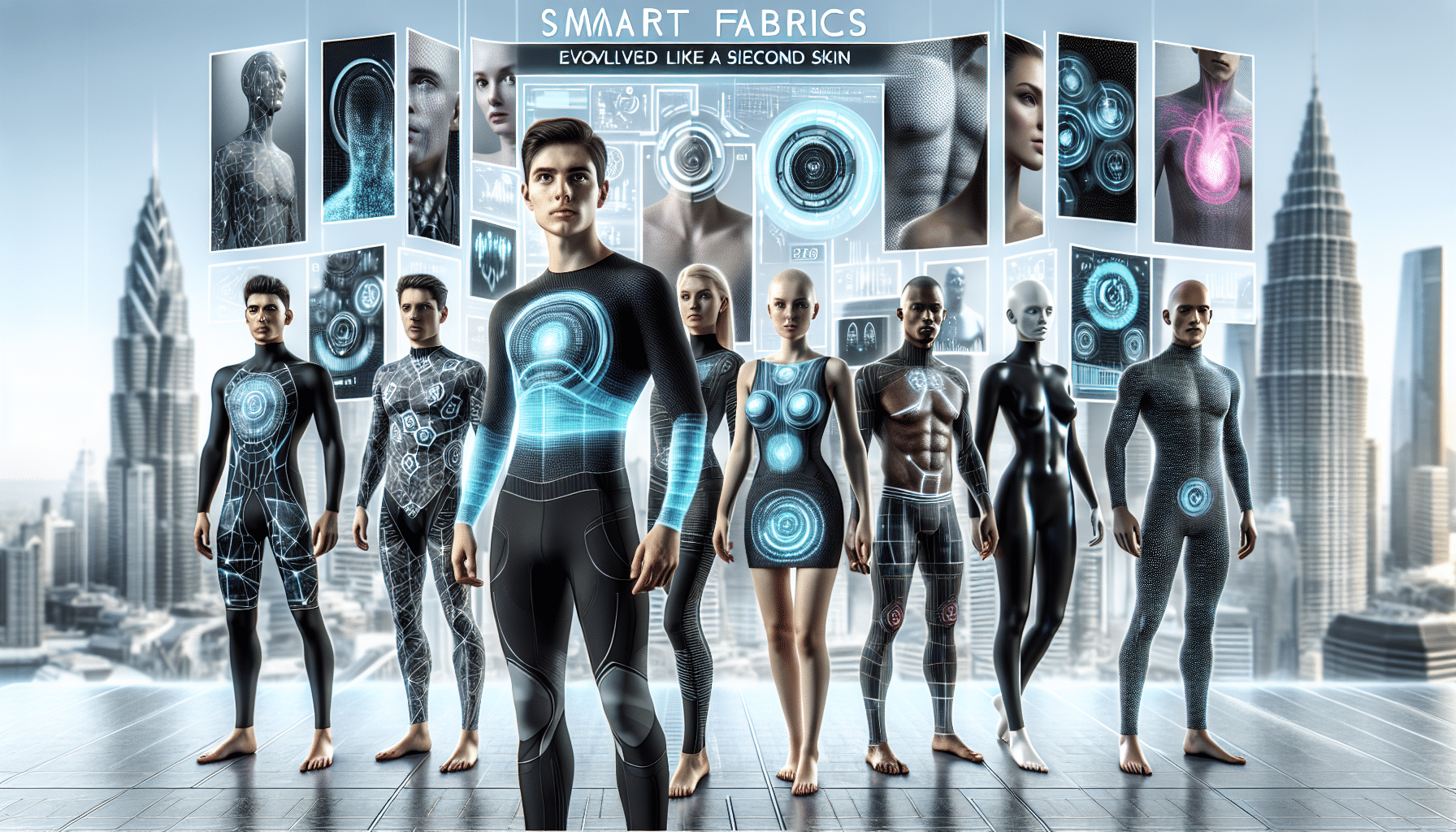Smart Fabrics: When Your Clothes Become Your Second Skin
Smart Fabrics: When Your Clothes Become Your Second Skin
Imagine waking up and getting ready for the day, only to find that your clothes are automatically adjusting to the perfect temperature based on the weather outside. Your shirt senses your body’s movements and changes its fit accordingly, all while monitoring your heart rate and providing valuable health data. Sounds like something out of a sci-fi movie, right? Well, with the advancement of technology, this futuristic scenario is quickly becoming a reality. Welcome to the world of smart fabrics, where your clothes become your second skin.
Smart fabrics, also known as smart textiles or e-textiles, refer to fabrics that are integrated with electronic components and technology. These fabrics are designed to enhance functionality and provide added benefits to the wearer. From monitoring health and fitness to regulating body temperature and providing interactive features, smart fabrics are revolutionizing the way we think about clothing.
One of the key drivers of the increasing popularity of smart fabrics is their ability to provide real-time data and feedback. For athletes and fitness enthusiasts, these fabrics can track heart rate, breathing patterns, and movement, providing valuable insights to improve performance and prevent injuries. This data can also be shared with coaches and trainers, allowing them to closely monitor their athletes’ progress.
But smart fabrics are not just limited to the world of fitness. They have also made their way into the fashion industry, bringing a whole new level of innovation and convenience. Imagine clothes with built-in UV protection or fabrics that can change color or pattern with a touch of a button. These features not only add a unique element to fashion but also provide practical benefits for daily wear.
Smart fabrics also have significant implications for healthcare. Fabric sensors can be used to monitor vital signs and detect early warning signs of potential health issues. This technology can be especially beneficial for elderly or disabled individuals who may have difficulty regularly visiting a doctor. With smart fabrics, their clothes can keep track of their health and provide timely alerts to seek medical attention if needed.
Apart from functionality, smart fabrics also offer environmental benefits by reducing energy consumption. For example, advanced thermal regulation fabrics can adjust to the wearer’s body temperature, reducing the need for heating or cooling. This not only saves energy but also provides cost savings for the user.
However, with all the advancements and benefits, there are also some concerns surrounding smart fabrics, particularly regarding privacy and data security. As these fabrics collect and transmit personal data, there is a potential risk of it being exposed or misused. As such, it becomes crucial for manufacturers to prioritize security measures and for users to be informed about their data collection and usage.
In conclusion, smart fabrics are no longer just a concept or a possibility in the distant future. They have already made their way into our lives, offering unprecedented functionality, convenience, and innovation in the world of clothing. With further advancements in technology, we can expect to see even more exciting features and possibilities in the world of smart fabrics. So, are you ready to embrace this new era of second skin clothing?










